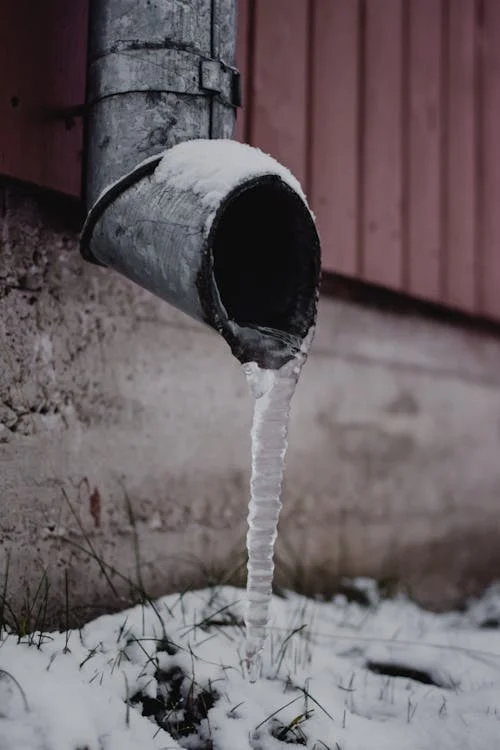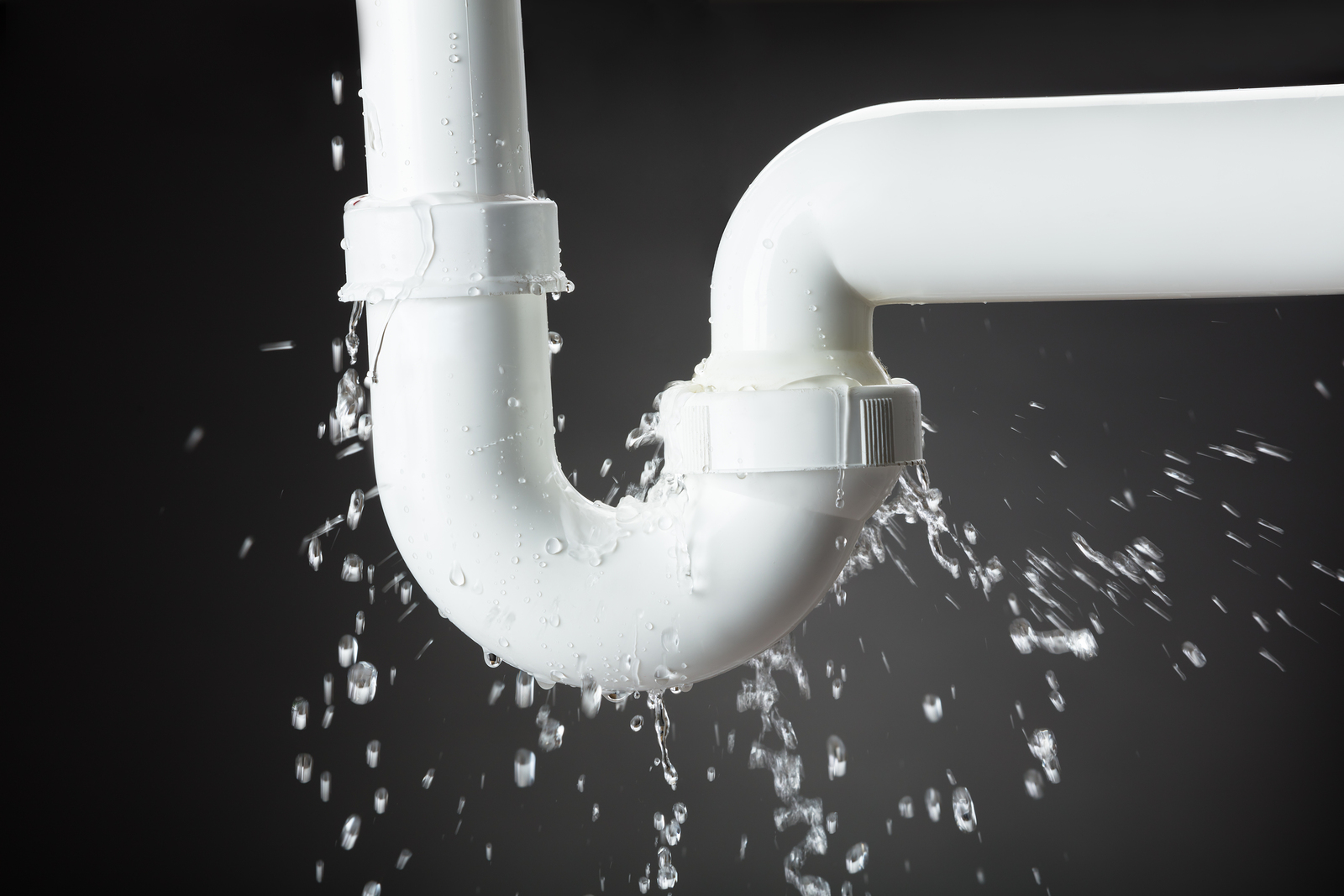Emergency Burst Pipe Services: Fast Response to Avoid Extensive Damage
Emergency Burst Pipe Services: Fast Response to Avoid Extensive Damage
Blog Article
Protecting Against Burst Water Lines: Essential Tips to Protect Your Pipes
Protecting against ruptured pipes is an essential concern for house owners, specifically during chillier months when the danger of cold is enhanced. Implementing tactical procedures such as correct insulation, routine evaluations, and preserving constant interior temperature levels can dramatically reduce the possibility of pipe failure.
Understand Pipe Vulnerabilities
Comprehending pipe vulnerabilities is necessary for reliable pipes upkeep and protecting against pricey damages. Several elements add to the vulnerability of pipes to bursts, including product make-up, age, and ecological problems. Older pipelines, especially those made from galvanized steel or polybutylene, commonly break down with time, bring about raised threat of leakages and ruptures.
Temperature fluctuations can also significantly influence pipeline integrity. In colder environments, water caught in pipes can ice up, exerting and increasing stress on the pipe wall surfaces, which may ultimately lead to a ruptured. Furthermore, high water pressure can stress pipes, specifically at joints and bends, heightening the chance of failing.

Insulate Piping Properly
Appropriate insulation of pipelines is critical for avoiding freezing and subsequent bursts during chilly weather condition (burst pipe). Shielding your pipes system effectively safeguards against temperature drops that can lead to costly damage. Begin by identifying vulnerable areas where pipes are exposed to exterior temperature levels, such as cellars, attic rooms, and outside wall surfaces
Usage foam pipeline insulation sleeves or cover insulation tape around these areas to supply a protective barrier. Ensure that all sections of the pipelines, specifically those with restricted warm exposure, receive adequate insulation. Pay unique focus to installations and joints, as these are more susceptible to cold.
When protecting, it's necessary to select materials that meet neighborhood building regulations and are suitable for the particular environment. For example, fiberglass insulation is commonly suggested for its thermal resistance homes - burst pipe. Furthermore, consider making use of warm cables or tape in severe conditions, which can be connected in to offer supplemental warm
On a regular basis examine shielded pipes for any kind of signs of wear or damages, as jeopardized insulation can diminish its performance. By taking these proactive actions, you considerably lower the danger of pipeline bursts, making sure a dependable pipes system throughout the winter season.
Maintain Constant Temperature
A steady indoor temperature is necessary for protecting against ruptured pipes during the freezing months. When temperatures drop, water within pipes can ice up, increasing and developing pressure that may ultimately create the pipelines to ruptured. To alleviate this danger, property owners ought to maintain a consistent temperature level throughout their living room, preferably no lower than 55 ° F(13 ° C)Utilizing a programmable thermostat can help take care of interior temperature levels effectively, ensuring that areas with pipes remain warm also when your house is unoccupied. Pay unique interest to locations that are a lot more vulnerable to cold, such as attics, garages, and cellars. Keeping closet doors open under sinks can likewise allow warmer air from the home to distribute around plumbing.
Additionally, it is prudent to enable taps to trickle slightly during extreme chilly spells. This minor circulation of water can prevent cold by easing pressure within the pipes. Additionally, throughout particularly serious climate occasions, take into consideration temporarily suspending any type of nighttime obstacles on your thermostat to keep a steady warm environment. By executing these techniques, house owners can substantially lower the threat of pipeline ruptureds and secure their plumbing systems against the severe winter season aspects.
Frequently Examine Plumbing
Regular assessments of plumbing systems are essential for preventing ruptured pipes and maintaining total home integrity. Regular checks enable home owners to determine potential concerns prior to they escalate right into costly repair services or major water damages. During these inspections, it is vital to take a look at visible pipelines for signs of deterioration, leakages, or wear. Pay special focus to areas vulnerable to freezing, such as cellars, attics, and exterior wall surfaces.
In addition, inspecting joints and links is essential, as these factors are often susceptible to leakages. Home owners must additionally evaluate water stress degrees, as extreme pressure can stress the plumbing system and boost the threat of pipeline ruptureds.
Consider scheduling expert plumbing assessments at the very least annually, especially before winter season, to ensure your system is gotten ready for chillier temperatures. Routine assessments not read this post here only help in identifying immediate issues but likewise foster long-lasting maintenance strategies that can enhance the lifespan of your pipes system. By being aggressive useful reference in your strategy, you can secure your home versus the disruptive and costly effects of burst pipes. Prioritizing plumbing inspections is an investment in your house's health and wellness.
Know Emergency Treatments
Recognizing emergency procedures is essential for every homeowner, particularly after performing regular pipes examinations. Being prepared for a plumbing emergency can substantially minimize damage and save expenses.
Following, maintain crucial tools useful. A plumbing emergency situation set should include a wrench, bettor, and towels, as well as a flashlight and a pail for small leakages. In addition, think about having the contact info for a trusted plumbing technician conveniently offered, must the situation intensify past your control.
If you identify a leak or ruptured pipe, promptly transform off the water system and alert your plumber. Record the damage with photos for insurance policy functions. Recognize the signs of prospective pipes issues, such as uncommon water pressure fluctuations or damp places on walls
Ultimately, proactive expertise and swift activity are vital in taking care of plumbing emergencies, ensuring your home stays protected and reducing possible damage.

Conclusion
In verdict, avoiding burst pipes requires a diverse method that includes understanding pipeline susceptabilities, appropriate insulation, preserving consistent interior temperatures, regular inspections, visit this site and expertise of emergency treatments. By applying these necessary methods, the risk of pipes failures can be considerably reduced, therefore making sure the longevity and performance of the plumbing system. Aggressive procedures not only guard against possible damage however also add to general water conservation and the security of residential property.
In colder environments, water trapped in pipes can freeze, exerting and increasing pressure on the pipe wall surfaces, which may eventually lead to a ruptured. When temperatures decrease, water within pipelines can freeze, producing and increasing stress that may eventually create the pipes to burst. By applying these strategies, house owners can significantly minimize the threat of pipeline bursts and protect their plumbing systems against the extreme winter elements.

Report this page